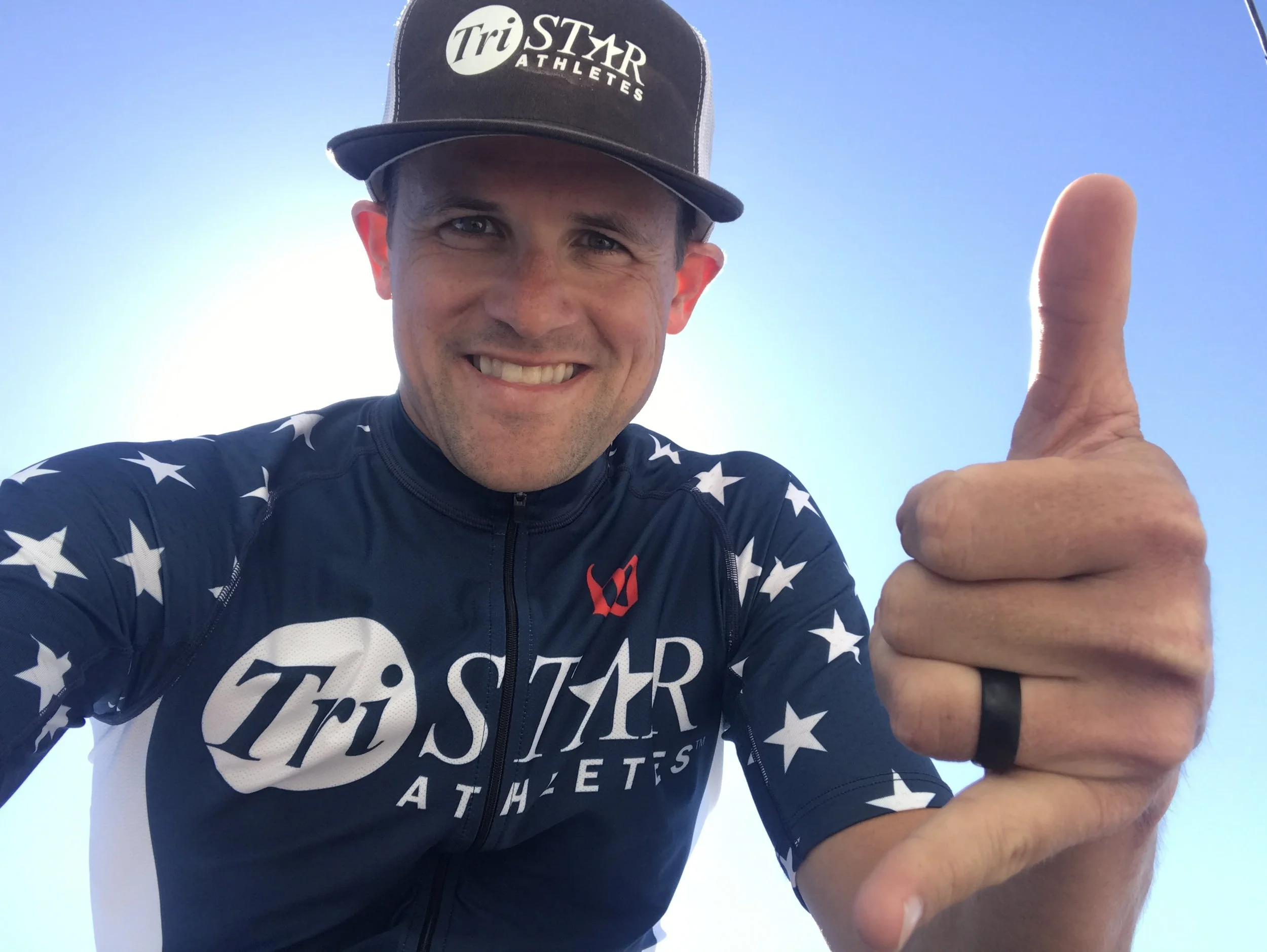Swim TSS
Tristar Athletes, currently the most sophisticated training method we have to track, time and evaluate performance is through the performance management chart or PMC. The PMC is driven by your daily workouts and training you upload as training stress or TSS.
TSS is calculated off or your thresholds and you are rewarded TSS “points” based on how much time you spend in each subsequent training zone. Next, in the order of operations training peaks will calculate power TSS first, pace TSS second, heart rate TSS third and Time TSS fourth.
Cycling TSS tends to be the most accurate as power-meters can most easily quantify TSS based on wattage and strain gauges coming from your bike.
Similarly, running paces can be fairly accurate with GPS these days and accelerometers in your watch or foot pod to measure pace while on the treadmill. Even run powercan be quite accurate and helpful when calculating TSS.
When it comes to the swim, things look a bit different when it comes to TSS. How so? You may have noticed that certain swims award you a lot of TSS points while other swims may not. There are several factors we highlight here for you to consider to maintain TSS accuracy in your swimming.
Newer swimmers (Beginners or endurance athletes who are swim form limited) will have lower FTP’s (Functional Threshold Paces, or a 1K swim time trial pace expressed as min per 100y).
A new or form limited athlete will have form break down in the water more dramatically than an advanced swimmer, as their breathing becomes more shallow and their ability to roll to breathe becomes more diminished. (Basically choking off air to the point where pace slows down.)
A lower threshold presents some problems with TSS in the fact that when the lengths in the pool or open water extend (for a form limited athlete) their pace will dramatically slow in the water as their form degrades and made worse by the fact that water is 80 X more dense than air! (Note this is not a factor for cycling a very little for running)
Example, a newer athlete may be able to swim a 50y effort at 1:30/100y however they can only swim on average 2,000y at a pace of 2:20/100y. A more advanced swimmer can hold best form in the water as they are high in the water and can maintain their breathing without losing their breath as a longer set or interval progresses.
When this same athlete does short and fast intervals they may do them well above their threshold pace (FTP) and get award far more TSS points than the session is calling for. In the example above 1:30/100y may be 120% of their actual FTP of 1:50/100y and in a swim set that has many 25y or 50y intervals with ample rest, there can be a lot time spent above the theoretical threshold. In true laboratory testing the true FTP is likely much higher; its simply that even at the FTP these Atheltes may be so form limited they are choking for air enough that they cannot reach actual threshold in the water!
For advanced swimmers they will have more accurate TSS calculations for their swim. For beginners they will see more accurate TSS for longer steadier swims but not for shorter interval or mixed sets in general.
Our coaches believe that most swimmers have some form limiter and until you are able to swim 1.2 miles in 30minutes or faster you have a form limiter.. same goes for the Ironman swim if you are not at or close to an hour swim there you have a form limiter as well to continue to work on.
So what should you do if you have a form limiter? Work on your drills and form! Yes slow down to where you can hold best form… and know that you are going to get some extra TSS points on the shorter interval swims. To keep your performance management chart accurate and live you can simply mark the TSS as completed that has been calculated by your Tristar Athletes coach at the end of your workout. (However make sure you do this each and every time in the same way to be accurate)
We suggest keeping your threshold accurate to what you can actually hold for you swim FTP tests so that you have a benchmark as to how you are improving in general. Lastly, find the point in your swim lengths where you tend to fall apart the most. By simply swimming steady for effort and noting where your pace falls off you can learn to slow down to hold best form and work this limiter.
Dont try to beat the water, be one and move with it!









